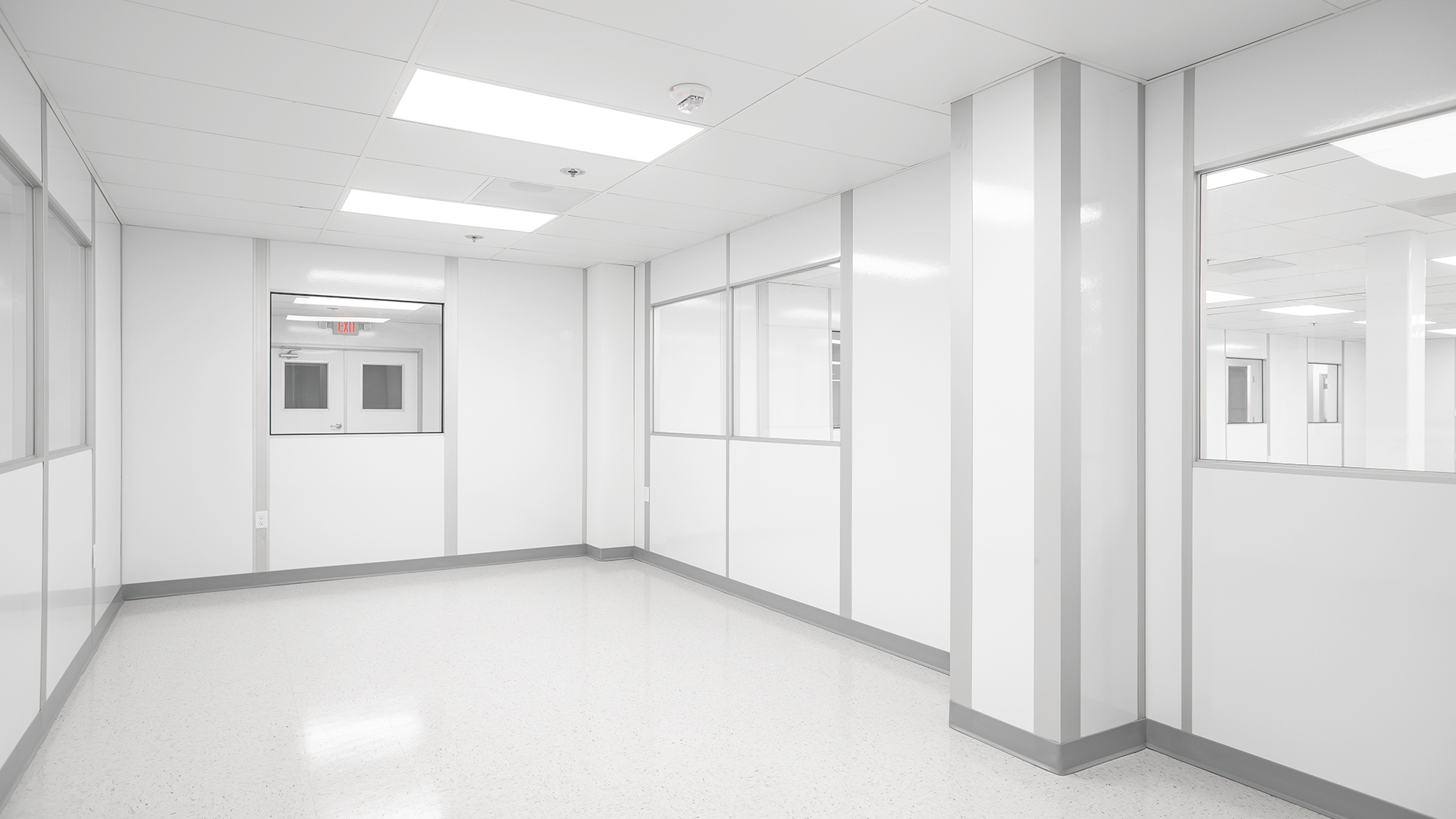Speak with a Cleanroom Specialist 1 (800) 962-3058
21 Dec USP 797 Cleanrooms and Compliance
USP 797 is a standard established by the United States Pharmacopeia Convention (USP), a scientific non-profit organization dedicated to ensuring the quality of the American drug/ pharmaceutical supply, USP 797 also outlines the required procedures for compounding sterile drug preparations.21 Dec Common Cleanroom Applications: Industry by Industry
A cleanroom is a regulated space that is designed to control contamination and aids in the removal of airborne particles. Cleanrooms are necessary for many industries, where small particles can affect the manufacturing and quality of a product or assembly.21 Oct What are ISO 14644-1 Cleanroom Classifications?
If you’re considering designing and constructing a cleanroom, but aren’t exactly sure what ISO classifications are, you’ve come to the right place. Let’s air out some of the confusion. First of all, cleanrooms are classified by how pure the air is. Specifically, classifications are designed to categorize a cleanroom by the number of particles found in the lab’s air. The cleanroom classification standard ISO 14644- 1 uses particular particle count measurements to categorize the cleanliness or air purity level of a clean zone or cleanroom.17 Oct Save Costs and Hassles with Modular Cleanrooms
Modular cleanrooms provide many plusses when it comes to the design, installation, and even maintenance of cleanroom. Let's explore how and why. First, when you're renting a building, you don't own it. And when you're done with your lease, you have to return the building exactly as you received it — if not better. Renting, quite frankly, isn't as good as owning.01 Oct ISO 5 Clean Room – Is It the Right Choice for the Semiconductor Industry?
Question: Is an Iso class 5 clean room requirement the correct choice for my semiconductor work Answer: Yes, it just might be! It is correct that an ISO class 5 clean room is required for many semiconductor manufacturing processes. A typical semiconductor facility will have several different clean rooms, each with specific requirements to meet the needs of various manufacturing processes.22 Sep Choosing the Best Cleanroom Supplier or Manufacturer
Introduction
It's a fact: the cleanroom industry is booming. Whether you're a large corporation or small startup, if you have any kind of manufacturing facility or laboratory—and especially if you work with high-risk or fragile materials—then having a cleanroom can be essential to success. But knowing how much space and how many worksurfaces to include in your new modular cleanroom? That's where things get complicated. It's not as simple as just looking at square footage and thinking about what might go on inside your new space. You'll also need to consider your budget, the volume of traffic that will come through every day (if any), whether there are any special requirements for humidity levels or temperature control, and plenty more factors besides!
15 Sep What Are ISO 14644-1 Cleanroom Classifications?
If you’re considering designing and constructing a cleanroom, but aren’t exactly sure what ISO classifications for cleanrooms are, you’ve come to the right place. Let’s air out some of the confusion. First of all, cleanrooms are classified by how pure the air is. Specifically, classifications are...
15 Sep San Diego’s Biotech Boom and the Need for Cleanrooms
Near some of California’s most relaxed beaches, the local biotechnology industry of San Diego is riding a wave of prosperity. You might think of "Silicon Valley" to the North when you think of technology, but when it comes to biotech, San Diego is a very strong player.
16 Aug Cleanroom Technology: A Short Summary of Technology
Cleanrooms are a necessity in modern manufacturing, and companies have been using them for years now. Cleanrooms help keep products safe from contamination and make sure that they’re able to run smoothly without any interruptions—which is why it’s important to understand how cleanrooms work and what they do.




